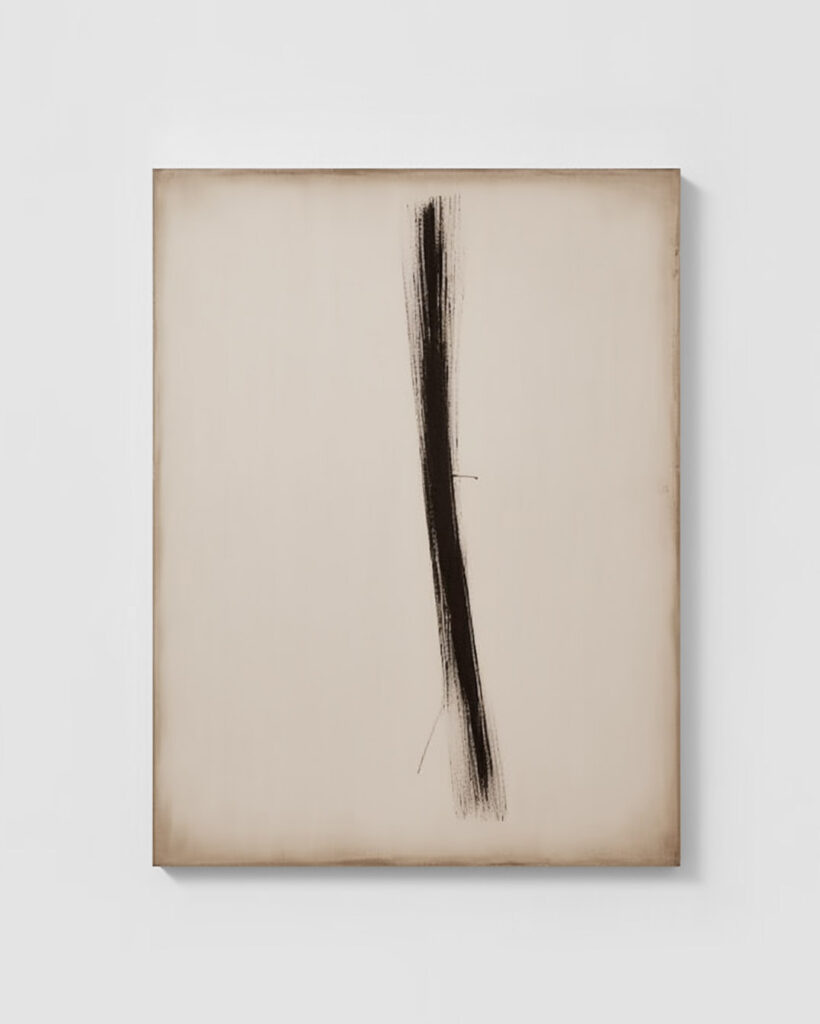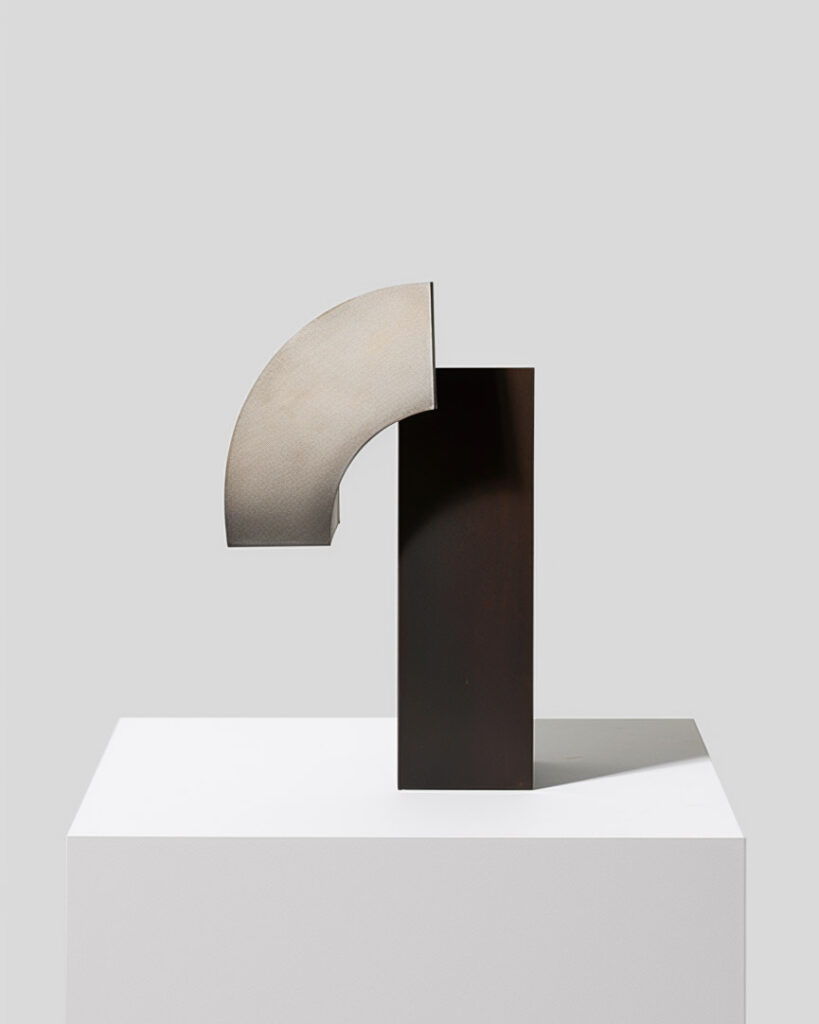Why do I find something beautiful and aesthetic? A topic that has fascinated and inspired me for years. A study by the Max Planck Institute for Empirical Aesthetics has found something amazing, which I would like to share with you.
The study, published in the ‘Proceedings of the National Academy of Sciences’, found that a network in the human brain involved in internal thoughts and internal contemplation may contain a universal code for whether we perceive something as aesthetic. In a previous study, a correlation of this so-called ‘Default Mode Network’ was already found, more about it here. But in the following study, more information about DMN was discovered.
Using functional magnetic resonance imaging (fMRI), the team led by Edward Vessel of the Max Planck Institute monitored the brain activity of subjects shown images of art, architecture, or natural landscapes and found that the same parts of the brain were activated when the subjects judged something to be aesthetically pleasing.


While the visual parts of the brain showed very different patterns of activity for the different types of images, the DMN showed remarkably similar patterns of activity for art, architecture, and landscapes.
This suggests that the ‘Default Mode Network’ is also responsible for evaluating aesthetic appeal. This is an unusual finding, as the network is normally inactive when people are actively engaging with their environment. However, the results of this research suggest that the DMN plays an important role in how people process and experience beauty and that it is activated when they are confronted with highly appealing visual art. This is a fascinating discovery that could change our understanding of beauty and how we interpret it.
The DMN clearly has access to abstract information about whether we find an experience aesthetically appealing or not.
Edward A. Vessel
Further reading
https://www.aesthetics.mpg.de/en/newsroom/news/news-article/article/beauty-comes-from-within.html
Original Publication
Edward A. Vessel, Ayse Ilkay Isik, Amy M. Belfi, Jonathan L. Stahl, & G. Gabrielle Starr (2019): The default-mode network represents aesthetic appeal that generalizes across visual domains. Proceedings of the National Academy of Sciences. Advance online publication. doi:10.1073/pnas.1902650116


